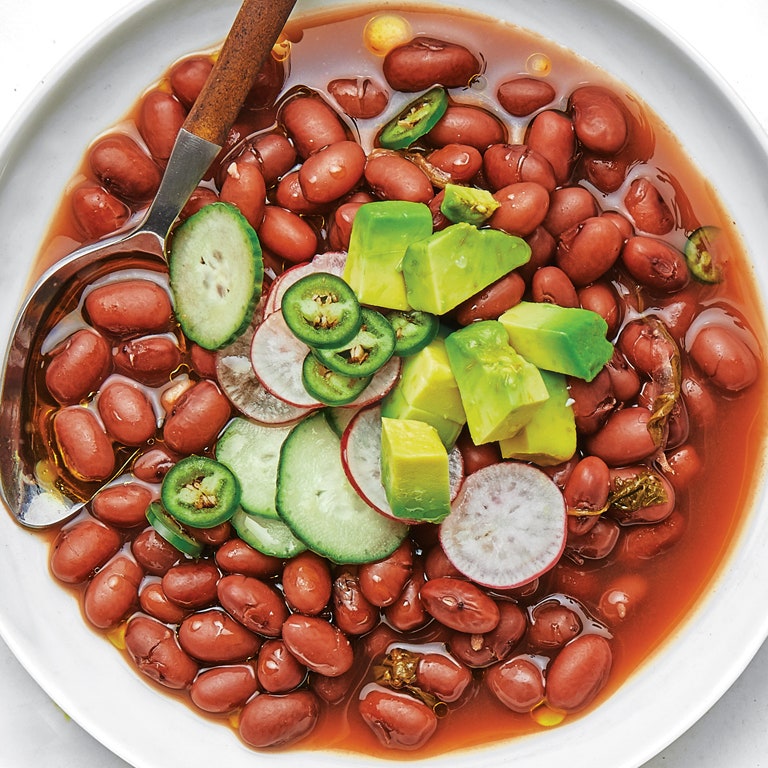Mascarpone Cheese: Easy Recipe & Tips for Perfect Results
Mascarpone cheese is an Italian cream cheese known for its rich, creamy texture. Originating from the Lombardy region, this cheese is created by curdling cream with an acidic substance like lemon juice or vinegar. It contains a high percentage of butterfat, making it exceptionally smooth and spreadable. Traditionally used in desserts such as tiramisu, mascarpone has gained popularity as a versatile ingredient in both sweet and savory dishes.
Comparing Mascarpone to Other Cheeses
Mascarpone differs significantly from other cheeses like cream cheese, ricotta, and crème fraîche. Mascarpone is softer and has a higher fat content than cream cheese, giving it a richer taste. While similar in appearance, ricotta is grainier and less creamy than mascarpone. Crème fraîche, though also creamy, is tangier due to fermentation. These differences make mascarpone unique for specific culinary applications, such as incorporating into baking or enhancing sauces.
Benefits of Making Mascarpone Cheese at Home
Freshness and Flavor
Homemade mascarpone cheese offers superior freshness and flavor. Control the quality of ingredients by using fresh cream and an acidic agent like lemon juice. Fresh mascarpone has a distinct, rich, creamy texture that enhances both sweet dishes like tiramisu and savory dishes like pasta sauces. Preparing mascarpone in smaller quantities ensures it retains optimal taste and texture compared to store-bought versions, which might contain preservatives or stabilizers affecting the flavor.
Cost-Effectiveness
Making mascarpone cheese at home saves money. Store-bought mascarpone can be pricey due to packaging, distribution, and brand markup. Produce your own by using accessible ingredients like heavy cream and acid (e.g., lemon juice or tartaric acid). By avoiding the extra costs, you can allocate those funds to other high-quality ingredients, enhancing your culinary endeavors.
Essential Ingredients for Homemade Mascarpone
Quality of Cream
Using high-quality cream is crucial when making homemade mascarpone. Choose heavy cream with at least 36% fat content to ensure a rich, creamy texture. Opt for fresh, organic cream whenever possible, as it enhances the flavor and overall quality of your mascarpone. Avoid ultra-pasteurized cream, since high temperatures during processing can affect the final product’s texture.
Choosing the Right Acidifier
Acidifiers play a key role in coagulating the cream to form mascarpone. Lemon juice and tartaric acid are the most popular choices. For a mild, subtle flavor, use lemon juice; for a more pronounced tang, prefer tartaric acid. Ensure the acidifier is fresh and free from additives to achieve the best result. Use precise measurements to maintain consistency in flavor and texture.
Step-by-Step Guide to Making Mascarpone Cheese
Preparing the Ingredients
Gather your ingredients to ensure a smooth process. You’ll need 2 cups of fresh heavy cream with at least 36% fat content and 1 tablespoon of lemon juice or tartaric acid. Avoid using ultra-pasteurized cream, which affects the texture and taste. Use a digital kitchen scale for precise measurements.
Cooking Process
Heat the heavy cream in a saucepan over medium heat until it reaches 185°F (85°C). Stir occasionally to prevent scorching. Once it hits the desired temperature, maintain this heat for about 5 minutes. Remove the saucepan from the heat and add the lemon juice or tartaric acid. Stir gently until combined. The cream will start to thicken as the acidifier works to coagulate it.
Cooling and Straining
Allow the mixture to cool to room temperature for about 30 minutes. Line a fine-mesh strainer with a cheesecloth and place it over a bowl to catch the whey. Pour the cooled mixture into the strainer. Refrigerate the setup for 8-12 hours, letting the mascarpone cheese drain and thicken. Transfer the mascarpone to an airtight container and store it in the fridge for up to a week.
Common Mistakes and How to Avoid Them
Overheating the Cream
Overheating the cream causes it to curdle and affect the texture of the mascarpone. Maintain a temperature of 185°F (85°C) during heating. Use a kitchen thermometer for accuracy. Stir continuously to prevent scorching. If the cream gets too hot, the proteins denature, leading to an undesirable grainy texture.
Incorrect Acid Balance
Incorrect acid balance prevents proper coagulation, resulting in runny or overly firm mascarpone. Use precise measurements for your acidifiers, such as lemon juice or tartaric acid. Fresh acidifiers ensure consistent results. For lemon juice, add 1 tablespoon per cup of cream. Too little acid delays coagulation, while too much creates a harsh flavor and tough texture.
Uses for Homemade Mascarpone Cheese
Desserts and Sweet Dishes
Homemade mascarpone cheese offers versatility in desserts, enhancing their creamy texture. Use it in tiramisu for a rich, authentic flavor. Add it to cheesecakes for a smoother, more luxurious consistency. Incorporate it into frosting for cakes to create a velvety finish. Fold it into fruit parfaits, combining fresh berries and honey for a delightful treat. Use mascarpone in layered pavlovas, adding depth to the crisp meringue and tangy fruits. Pair it with chocolate mousse for an indulgent dessert experience.
Savory Recipes
Integrate homemade mascarpone into savory dishes to elevate their richness. Stir it into risottos for extra creaminess without overpowering the flavors. Combine it with herbs to create a herb mascarpone spread for crackers or crostinis. Mix it with pasta dishes for a creamy sauce alternative, balancing with ingredients like mushrooms or spinach. Use it in savory tarts or quiches, with fillings like roasted vegetables or smoked salmon. Add it to mashed potatoes, blending until smooth for a richer texture.
Conclusion
Making your own mascarpone cheese at home isn’t just a rewarding culinary project; it’s a way to ensure you have the freshest, richest ingredient for your favorite dishes. By following precise measurements and using quality ingredients, you can avoid common pitfalls and achieve a perfect consistency every time. Plus, the versatility of homemade mascarpone means you’ll always have a go-to ingredient for both sweet and savory recipes. Whether you’re whipping up a classic tiramisu or adding a creamy touch to your pasta sauce, homemade mascarpone is a game-changer in the kitchen. Give it a try and elevate your culinary creations to new heights.






